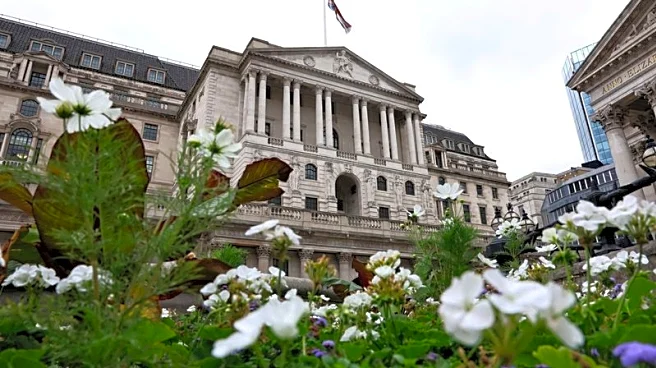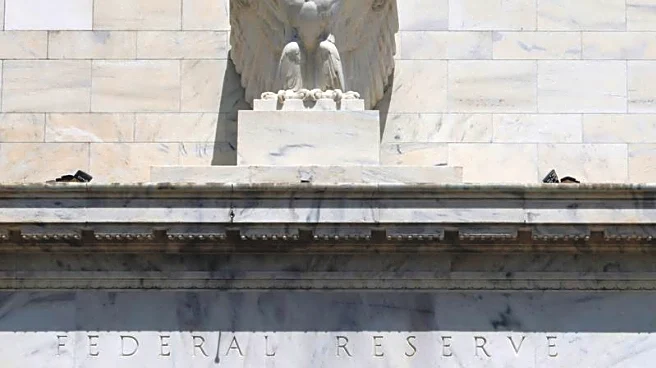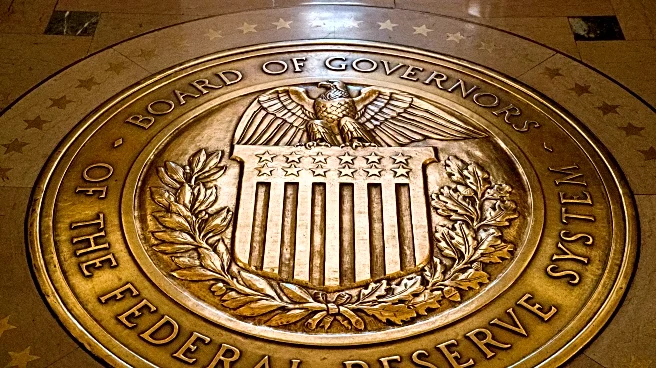What's Happening?
The Federal Reserve's Standing Repo Facility (SRF) and reverse repo facility are expected to experience significant activity at the end of September due to month- and quarter-end volatility. Analysts predict the reverse repo facility could see inflows up to $275 billion, while the SRF might receive around $50 billion. These facilities are crucial for managing liquidity and maintaining control over short-term interest rates as the Fed continues its balance sheet wind-down process. The Fed's quantitative tightening aims to normalize financial market liquidity following the COVID-19 pandemic.
Why It's Important?
The performance of the Fed's liquidity facilities is vital for ensuring stability in money markets and supporting the central bank's interest rate targets. As the Fed reduces its balance sheet, these tools help mitigate volatility and maintain market confidence. The anticipated inflows into the SRF and reverse repo facility highlight the challenges of managing liquidity in a tightening monetary environment. Successful operation of these facilities could extend the runway for quantitative tightening, impacting financial institutions and market participants.
What's Next?
The Fed's upcoming policy meeting may address the implications of liquidity facility usage and the future of quantitative tightening. Market observers will closely monitor repo rates and facility inflows to assess the need for adjustments in the Fed's approach. The central bank's ability to manage liquidity effectively will be crucial in navigating economic uncertainties and maintaining financial stability.












